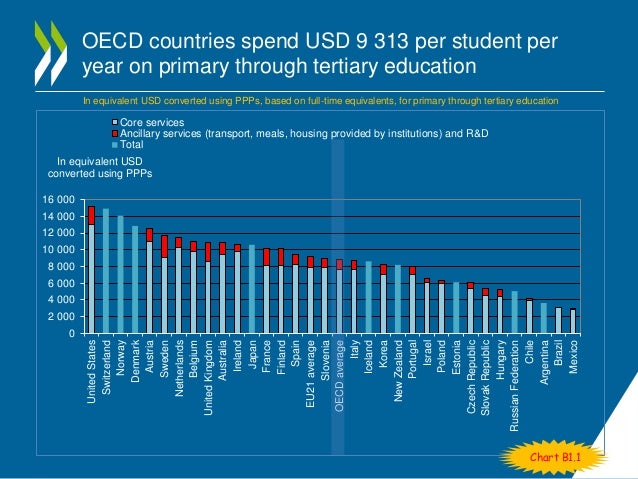The fallout continues from the recent “Kids Count” report. A couple of liberals penned an article discussing a “paradigm shift” needed for New Mexico children. I couldn’t agree more, but disagree on the shift being towards even bigger government.

We’re dead last. That’s the sorry news according to the latest “Kids Count” report. The gist of the report is that in terms of health care, education, economic conditions, and family unit cohesiveness, New Mexico children are worse off than kids in other states.
The report was co-released by the Annie E. Casey Foundation and New Mexico Voices for children. While Voices and Rio Grande Foundation would generally be considered the opposite ends of the political spectrum, the report itself was data-driven and informational.
While the news is not good, it is refreshing to see the political left decrying New Mexico’s serious economic and educational problems. After all, within the last year, we at the Rio Grande Foundation have pointed out that New Mexico is 50th in economic freedom, was named the number one “death spiral” state by Forbes for its poor maker/taker ratio, has the lowest graduation rate in the nation according to the Diplomas Count report, and was named by United Van Lines as the only state west of the Mississippi to be a “top-outbound” state in 2012.
New Mexicans can be forgiven for losing hope that things can improve. But, for the sake of our children and grandchildren things MUST get better, even while our leaders must wean our state from our historical dependency on Washington largesse.
The negative results boil down to a poor economy and a poor educational system. There are other issues including family cohesiveness and health, but if you improve the economy and educational outcomes, you go a long way to improving everything else.
Fortunately, economic and education policies are the central focus of Rio Grande Foundation’s work and we have several policy ideas that must considered if New Mexico is to get out of 50th place.
1) Adoption of a Right to Work law: Such an initiative costs taxpayers nothing and can have positive economic results. Such laws are not “anti-union,” rather it simply ensures that workers can choose whether or not to join a union and they cannot be coerced into joining as a condition of employment.
In addition to respecting individual rights of association, such laws have spurred economic growth where they have been adopted. Oklahoma, which adopted such a law in 2001, has seen a dramatic improvement in its economy in recent years;
2) Elimination of Personal Income Tax: There is an old saying in tax policy, “If you want more of something, tax it less, if you want less of something, tax it more.” Turning around New Mexico’s economy requires going beyond “job creation” to focusing on “wealth creation.”
Creating wealth means incentivizing business formation and entrepreneurship. New Mexico needs more of its people in the work force. In part this means creating jobs for them, but these jobs must create real wealth and should not necessitate business-specific tax breaks or outright subsidies designed to cover for the fact that New Mexico’s labor, tax, and work force are less competitive than necessary.
According to Arthur Laffer, “in any 10-year period since 1960, the no-income tax states consistently outperform the equivalent number of the highest income tax states.”
3) “Rampant” School Choice: While the aforementioned items directly impact poverty in our state, choice-driven education reform is the most direct means of improving the lives of young people in New Mexico.
School choice empowers parents and students to choose the educational option that best serves them and not bureaucrats or “the system.” In just one example of their success, African-American kids in New York were 24% more likely to attend college if they won a scholarship to attend private school.
In states where aggressive school choice programs have been adopted, graduation rates have soared. According to the Diplomas Count report, between 1999 and 2010, Florida and Arizona saw their graduation rates rise from 52.5% and 48.2% to 72.9% and 67.2% respectively. New Mexico, in the meantime, saw its graduation rate go from 58.1% to 59.4%, an insignificant increase by comparison.
The latest in a string of negative news for New Mexico families must be a wake-up call for its political leaders that the time for half-measures has passed. Tough decisions and dramatic reforms are needed to improve our economy, reduce poverty, and ensure that our children and grandchildren have the opportunity to succeed here in New Mexico.
Paul Gessing is the President of New Mexico’s Rio Grande Foundation. The Rio Grande Foundation is an independent, non-partisan, tax-exempt research and educational organization dedicated to promoting prosperity for New Mexico based on principles of limited government, economic freedom and individual responsibility


 No other organization in American has done more to preserve and advance Friedman's vision of a free market in human labor than has the Institute for Justice, a libertarian public interest law firm. The organization published a detailed report on licensing laws in the 50 states "
No other organization in American has done more to preserve and advance Friedman's vision of a free market in human labor than has the Institute for Justice, a libertarian public interest law firm. The organization published a detailed report on licensing laws in the 50 states " As part of global celebrations of Dr. Friedman's legacy and in celebration of his birthday on July 31, the Rio Grande Foundation is hosting a luncheon with Tim Keller, Executive Director of the Arizona Chapter of the Institute for Justice.
As part of global celebrations of Dr. Friedman's legacy and in celebration of his birthday on July 31, the Rio Grande Foundation is hosting a luncheon with Tim Keller, Executive Director of the Arizona Chapter of the Institute for Justice.




